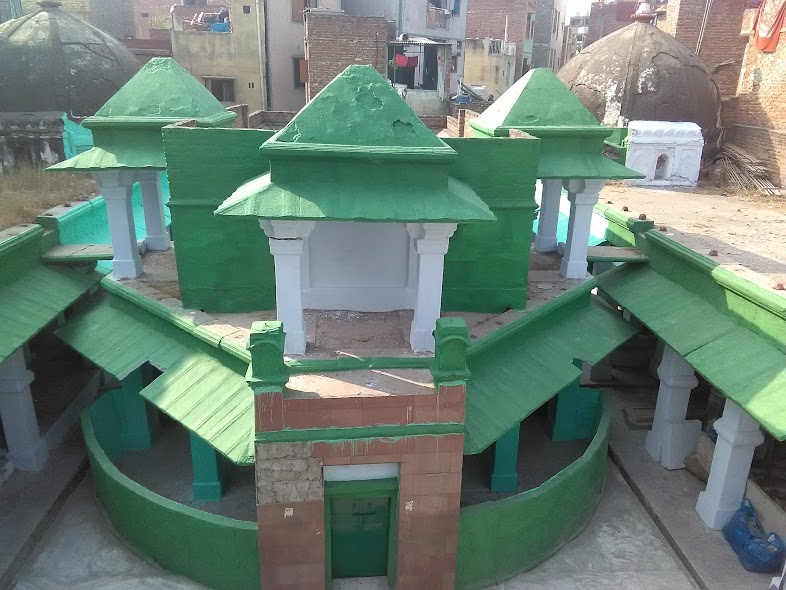
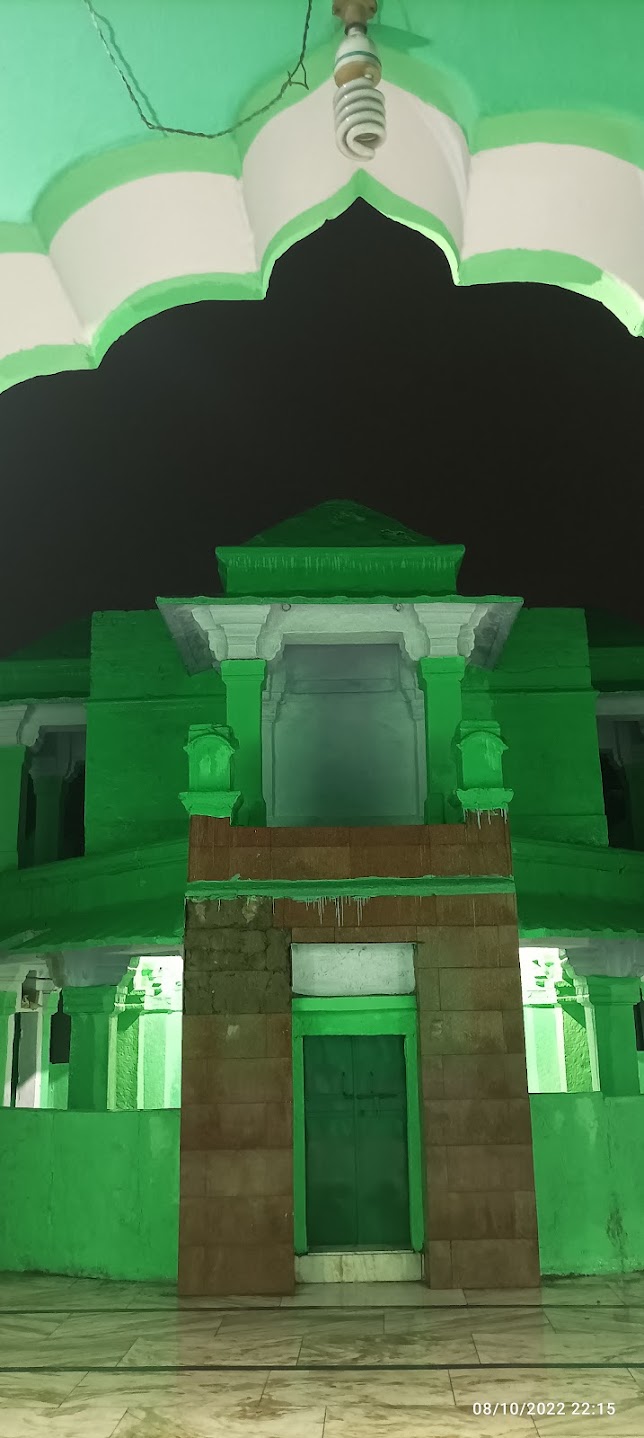
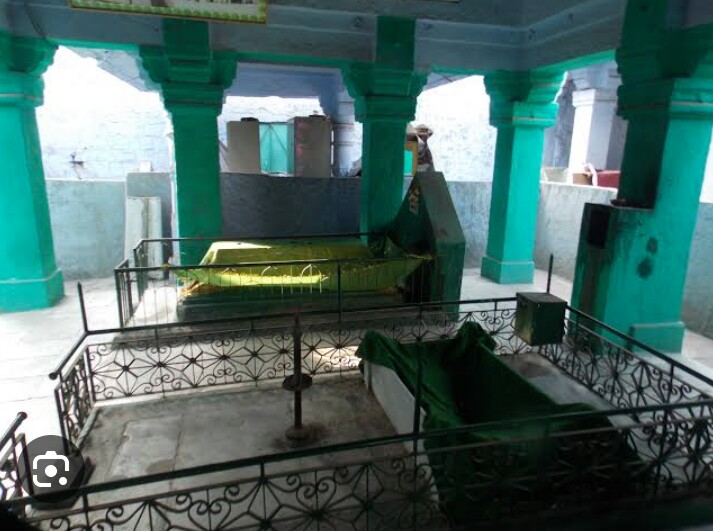
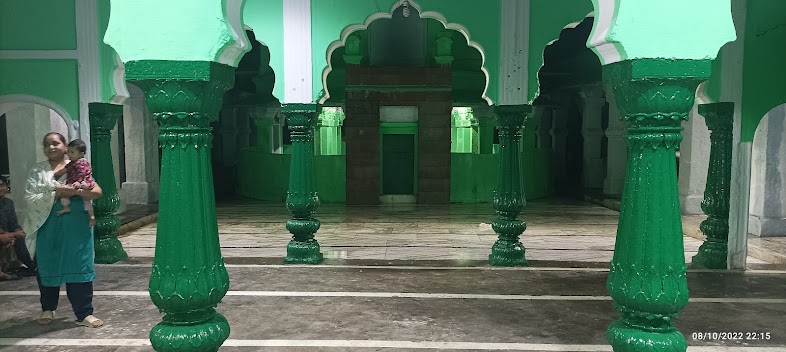
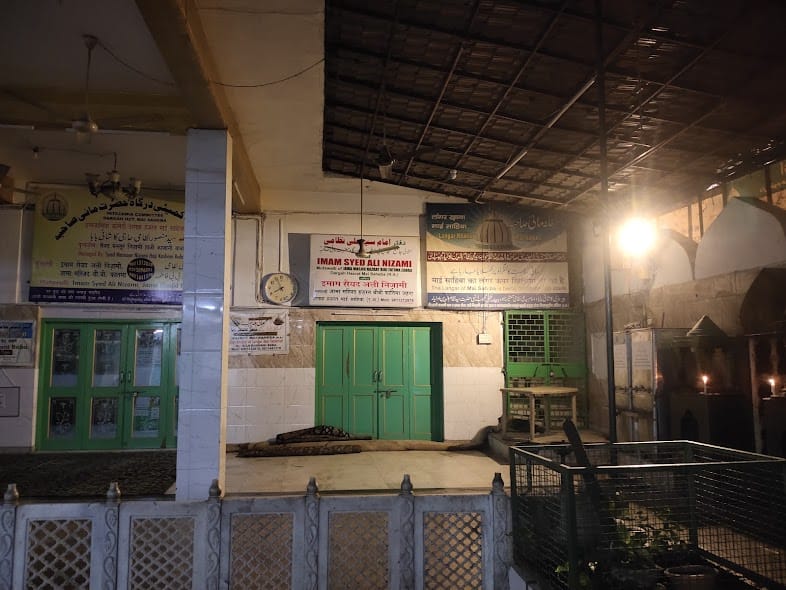
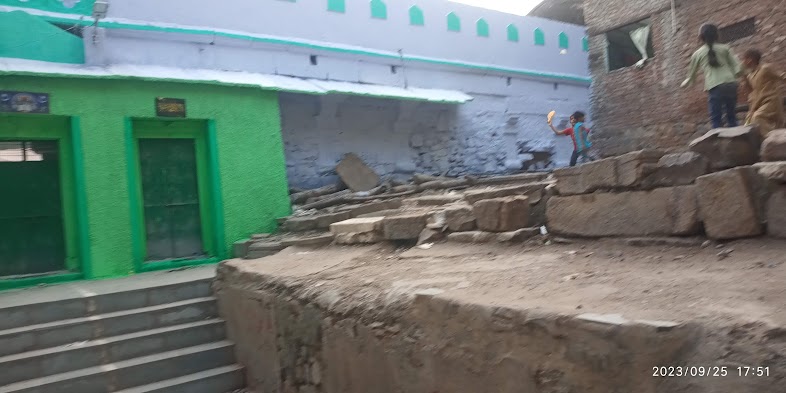
Qadam Sharif or Holy Foot Print in English is a dargah built by Firoz Shah Tugluq of the slave dynasty in (1309-1388) when I set out to find Qadam Sharif I had to navigate through the densely populated Alleys of Old Delhi. Feroze Shah Tughluq, the ruler of the Tughluq dynasty in Delhi during the 14th century, is believed to have constructed a large square tomb for his own use, a reflection of the prevalent architectural tradition of creating monumental structures for the burial of emperors. However, fate had different plans for the intended resting place. When Feroze Shah’s beloved son, Prince Fath Khan, tragically passed away before his father, the emperor decided to dedicate the tomb to his son. Feroze Shah’s deep grief for Fath Khan’s untimely death led to the transformation of this mausoleum into a place of reverence for the prince. According to tradition, Feroze Shah’s spiritual guide, the revered Sufi saint Makhdum Jahanian Jahan Gasht, played a significant role in further sanctifying the site. At the emperor's behest, Makhdum Jahanian Jahan Gasht brought a sacred relic from Mecca — a stone bearing the footprint of the Prophet Muhammad (known as a "Qadam-e-Rasool"). This holy artifact was placed at Fath Khan's grave, symbolizing the emperor’s desire to bless his son’s final resting place with divine grace. The presence of this sacred relic enhanced the tomb's religious and spiritual significance, turning it into a revered pilgrimage site for devotees In addition to the tomb, Feroze Shah undertook further architectural projects in the area. He built a mosque and a madrasah (school), emphasizing the emperor's commitment to both religious worship and education. Surrounding these structures, high battlemented walls were erected, fortifying the tomb complex and making it a small fortress. These defensive walls were likely constructed to protect the site's sanctity, ensuring that the tomb and the mosque and madrasah remained a peaceful place of reflection and worship. This also highlighted the Tughluq dynasty’s architectural style, often combining defensive features with religious structures, a hallmark of Feroze Shah’s rule. This monumental site, with its blend of personal loss, religious devotion, and grand architectural ambition, stands as a testament to Feroze Shah Tughluq's legacy, his love for his son, and his reverence for Islamic tradition.